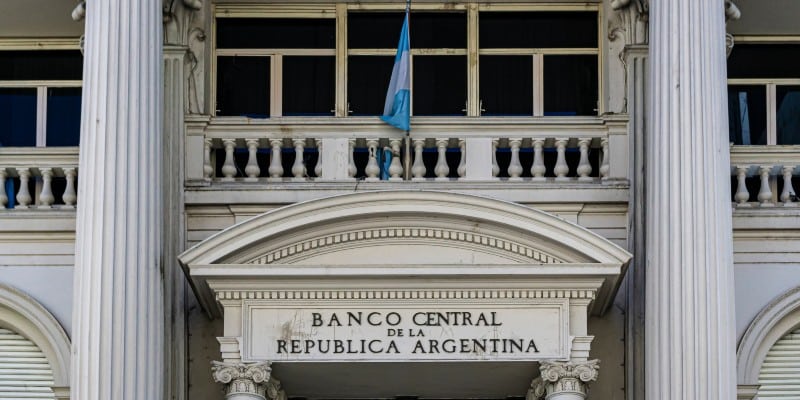On December 10th Javier Milei will be sworn in as Argentina’s new president, and officially inherit the responsibility of fixing the country’s chronic economic problems.
Argentina has one of the largest economies in Latin America, but it’s also one of the most unstable ones. For decades economic mismanagement has worsened the country’s inflation and borrowing, with inflation this year soaring to 140%, and the country holding almost a third of the International Monetary Fund’s total lending.
Economic policies such as expensive welfare schemes, economic isolationism and a constantly shrinking percentage of global exports have worsened the state of the economy, with the poverty rate rising past 40%. Consumer good prices change daily, sometimes multiple times a day. Argentinians now save in dollars rather than local currency. And the black market for the dollar only grows and grows.
Perhaps this is why after years of Peronism, the left leaning political movement based on the legacy of Juan Perón, the frustrated country has chosen to break to the far right.
President-elect Javier Milei represents radical change, but also potential hope. Hope that after years of Peron’s economic legacy Milei’s promises to dollarize the economy and shut down the central bank will ease the struggles of everyday life and change the future of the country. Whether these economic policies are effective or feasible, remains to be seen. However, with Milei’s lack of congressional support it seems unlikely.
That isn’t to say there is no hope. There is a way for Javier Milei to help his country’s economy.
Invest in market-creating innovations
Argentina’s government spending has become a problem not only because of how much it spends but also because of what it spends on. For example, according to a short film by The Economist the government overspends on price subsidies and public wages. The average European spends about $30 a month on electricity, yet the average Argentinian only spends $5 which in 2022 alone cost the government $12.5 billion in energy subsidies, 2% of the country’s GDP. Furthermore, the government employs a third of the country’s population so much of its revenues goes into paying public wages rather than investments or poverty aid. To finance its spending the government then prints more money which further elevates inflation.
To stop the cycle, the government has to become more intentional in how they spend. Yes, they need to invest, but not just invest in infrastructure or technology or privatizing state industries. Argentina’s best returns will come from investing in market-creating innovations.
Market-creating innovations transform complex and expensive products into simple and more affordable products, making them accessible to a wider segment of the population. These innovations create jobs, increase wealth, and generate taxes as they serve a whole new population of people who historically couldn’t afford products and services on the market. As they do this, they also pull in the necessary infrastructure needed to support these new markets which means that in terms of development these innovations have the highest returns.
The government already spends on energy subsidies, but what if this energy money was directed into developing the renewable energy market by helping entrepreneurs build out a distribution mechanism that targets nonconsumption. This investment would enable cheaper access to electricity, create jobs, and grow a sustainable sector. Focusing on its oil production might trigger an energy boom, but focusing on resource extraction is an efficiency innovation that does not lead to robust job creation.
That isn’t to say that the country can’t leverage its existing resources to create new markets. On the contrary, Argentina has one of the largest reserves of lithium in the world, and lithium has the power to jumpstart its economy. Instead of focusing on lithium extraction which will generate cash, but not create jobs or widespread economic prosperity, Milei can encourage the creation of lithium industries that will target nonconsumption, such as micromobility.
Investing in market-creating innovations would mean the government wouldn’t have to employ a third of the population because new jobs would be created in other sectors instead. It would mean that government spending would become an investment into economic prosperity. During his campaign President-elect Javier Milei waved around a chainsaw to represent the deep cuts he wanted to deliver to the government, but what if instead of cutting he tried redirecting.



